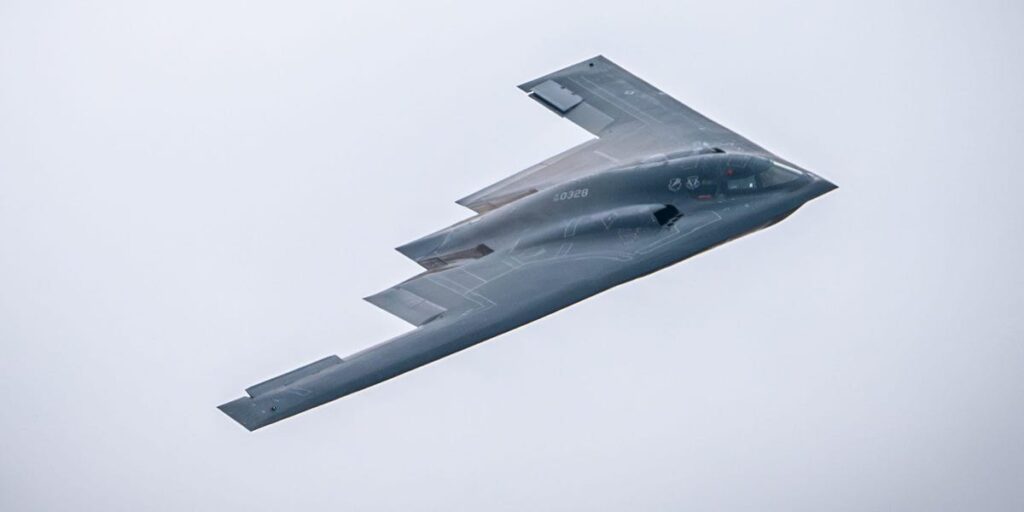The US Air Force is at work on a successor to the huge 30,000-pound bunker-buster bomb used to strike Iran’s nuclear facilities earlier this year.
The service awarded a contract to design and prototype a next-generation bomb to replace the Massive Ordinance Penetrator, first used to strike Iran during Operation Midnight Hammer.
The New Mexico-based research and engineering firm Applied Research Associates announced last week that it received a two-year contract to build a prototype “air-to-ground Next Generation Penetrator weapon system.”
“ARA will also produce and test sub-scale and full-scale prototype munitions,” the company said Friday, explaining that “this effort will evaluate capabilities against hard and deeply buried targets that pose critical challenges to US national security.”
The Air Force did not immediately respond to questions about the value of the contract, awarded by the Air Force Life Cycle Management Center, Eglin Munitions Directorate, and ARA didn’t disclose it.
The NGP is expected to eventually succeed the GBU-57 Massive Ordnance Penetrator, or MOP, the big bunker-buster bombs that were dropped on Iran’s deeply buried nuclear facilities in June as part of the US military’s Operation Midnight Hammer.
Boeing, the US defense and aerospace giant that made the GBU-57, or MOP, will design and develop the NGP’s tail kit.
Details about the new bunker-buster bomb’s potential characteristics and features are limited. Earlier this year, the Air Force published a request for information from industry partners for a “prototype penetrator warhead design capable of defeating hard and deeply buried targets.”
The Air Force asked the industry to design the NGP so that it does not exceed 22,000 pounds and has blast and fragmentation effects. The service also requested that the munition be highly accurate and have a navigation system capable of operating in GPS-denied environments, a growing concern as the US military prepares for future fights.
In June, seven Air Force B-2 Spirit stealth bombers dropped a total of 14 MOPs on Iran’s nuclear sites, marking the first operational use of the heavy GBU-57 in a mission that Pentagon leadership described as highly secretive and complex.
The MOP is the largest non-nuclear bomb in the US arsenal; it is 20.5 feet long with a 31.5-inch diameter, and the warhead alone weighs 6,000 pounds. The munition is designed to penetrate deeply buried, fortified facilities up to around 200 feet deep.
The MOP was developed roughly 15 years ago with Iran’s hard-to-reach nuclear facilities — specifically, the Fordow site — in mind.
The B-2 bomber is the only operational US aircraft able to carry the heavy weapon, storing two internally to preserve its stealth. The new, smaller B-21 Raider, which is in development, is expected to carry only one.
Read the full article here


